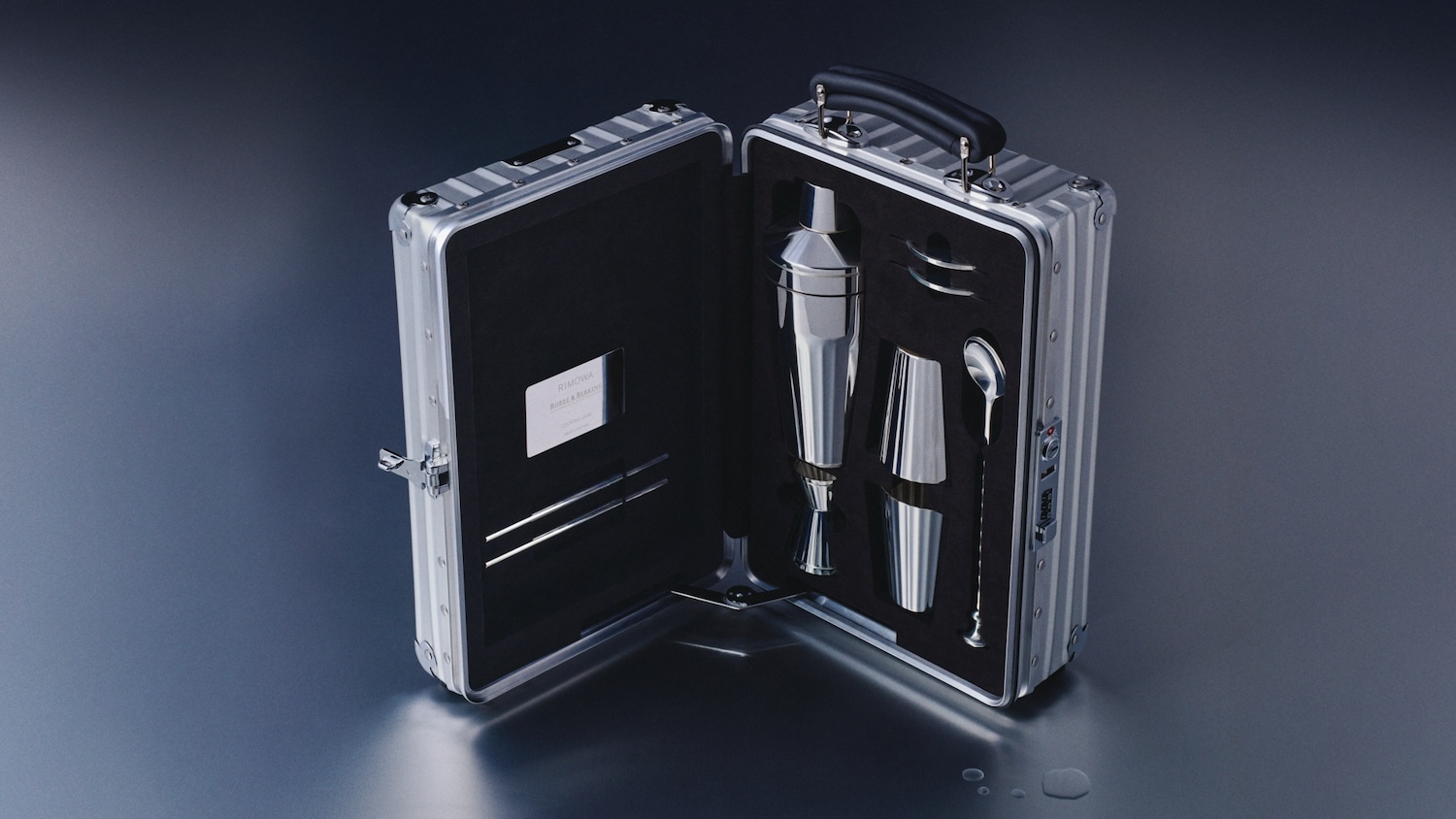
Rewrite
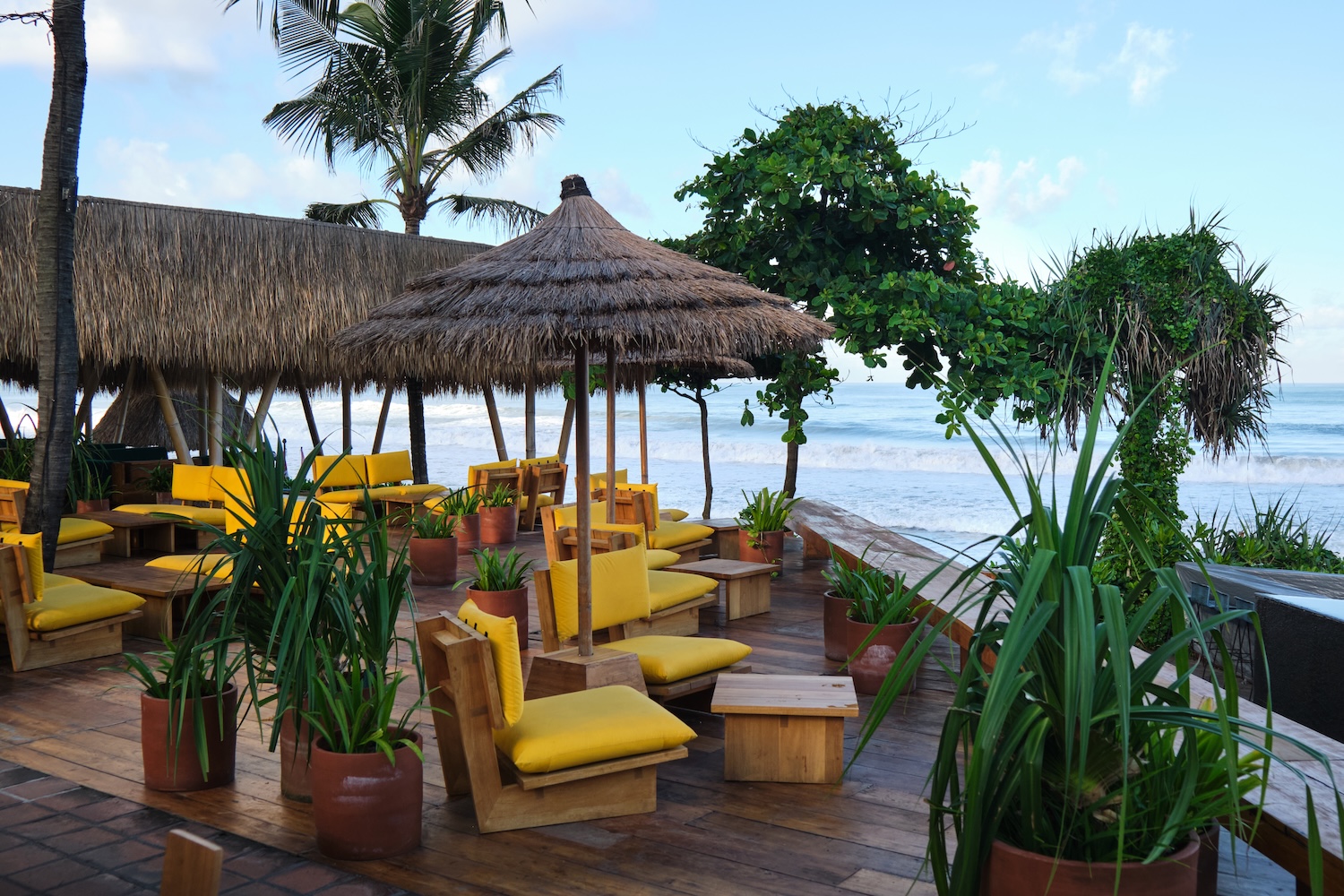
Rhythms in Bali seem to hum beneath everything, whether it’s the sound of the ocean at the Seminyak shore, the crackle of incense. At Desa Potato Head, those rhythms become something tasteful. More than just a beach club, Potato Head is a living ecosystem and creative laboratory of art, music, design and sustainability. A local village where every detail, from the furniture to the cocktails, tells a story about Indonesia’s soul.
Tucked within this community sits Akademi, a small cocktail bar that feels more like an artist’s lab than a lounge. Where glassware is rescued and reborn, herbs are fermented and distilled, and each drink becomes a tasteful exploration of biodiversity.
At the helm is Bina Nuraga, a Balinese born mixologist who started behind a modest bar in Kuta and rose to lead Potato Head’s beverage R&D program. Bina’s philosophy is simple but profound: “Understand every single ingredient, and you’ll learn to love the cocktail itself.” He’s part scientist, part storyteller, a craftsman translating local fruits, ancient tonics and island traditions into contemporary experiences. From arak and jamu to exotic ingredients like salak and mace, his creations celebrate Indonesia’s complexity in its own way, always rooted in respect for the land and its people.

You’re running one of the most popular bars in Bali. How did your journey begin?
My career actually started in the kitchen. I was surrounded by loud, rough chefs and quickly realized this isn’t my world. I asked to move behind the bar, even though I didn’t know anything, just making juices at first. One day, someone asked me if I knew where Potato Head was. Back then, in 2011, there were only two beach clubs. I didn’t know it, so I Googled it, applied and not long after, I joined the team. The rest is history and I’m still here today.
What’s the most valuable lesson you’ve learned so far?
To really know the beverages. To make cocktails that speak to guests. When you mix flavors, spices, and stories in a glass and see someone sip until the last drop with a smile, that’s the best feeling.
You’ve mentioned storytelling through cocktails. How do you bring that to life?
When I joined the Akademi program, one of my first cocktails used soursop, a fruit not many people know or use. I mixed it with jackfruit and orange to create what became ‘Dream Sour.’ When I serve it, I tell guests it’s inspired by my dream of serving people at the bar and introducing them to our tropical fruits. It’s not just a drink, but it’s a piece of our culture.
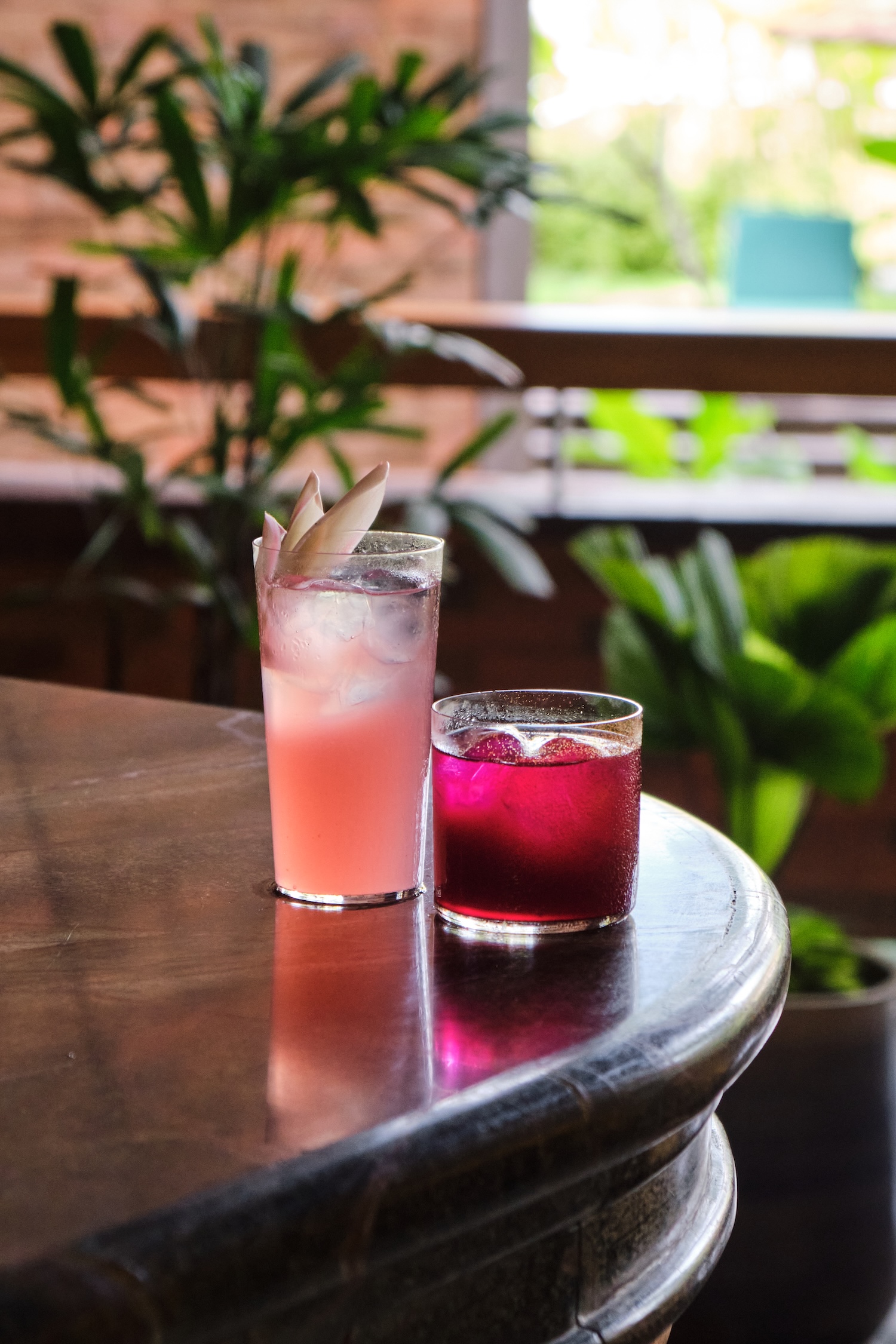
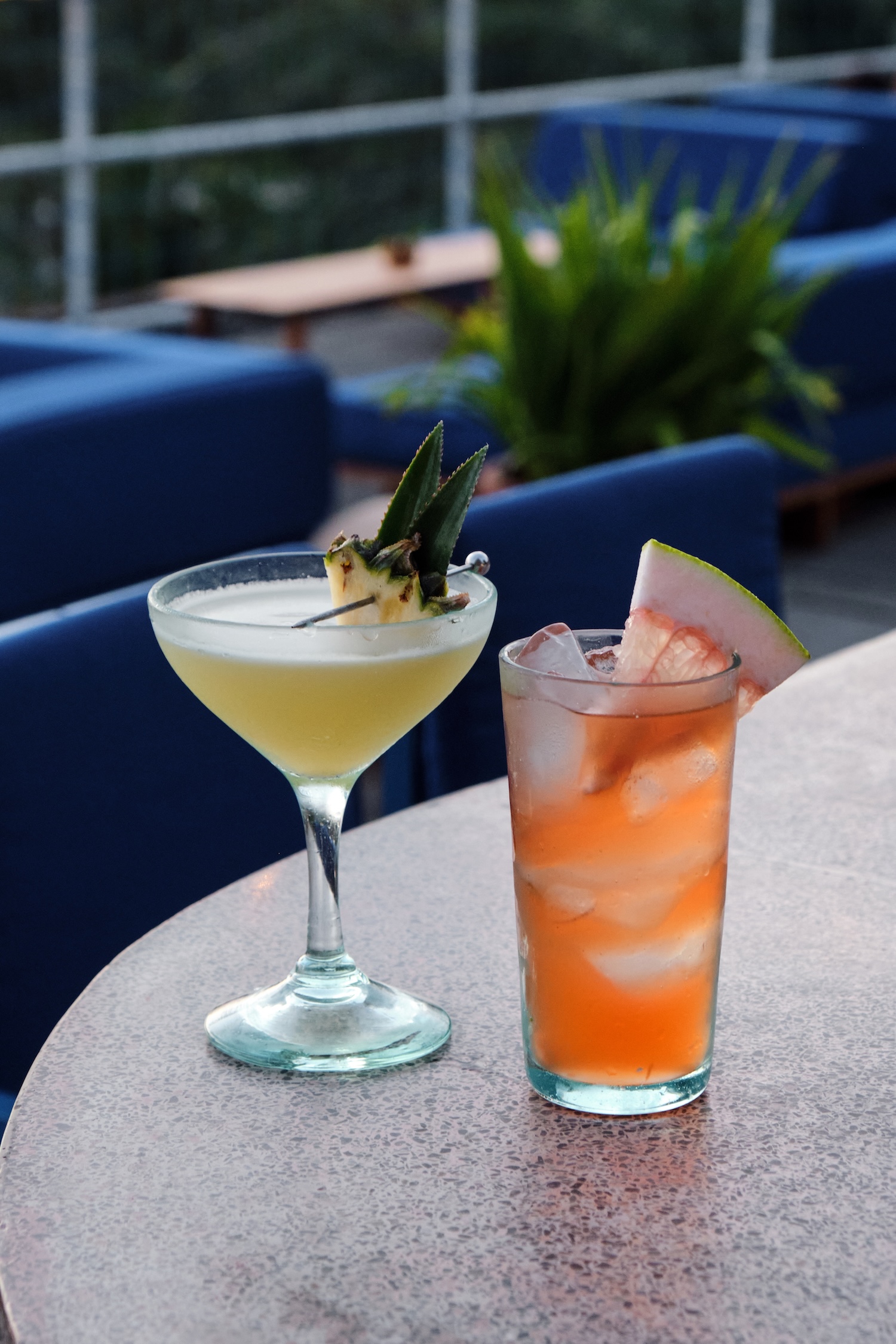

Akademi collaborates with local producers. How important is that relationship?
It’s everything. We work closely with our own farm and visit often to see what’s growing. Outside of that, we partner only with organic suppliers. It keeps us connected to nature and reminds us that everything starts from the soil.
You often highlight arak and jamu on your menus. What makes these drinks so special to you?
Jamu feels like a blessing, it’s deeply rooted in our culture. It’s thick and bitter, and not everyone loves it in its original form, so we modernize it. We make herb and spice waters with cinnamon, cardamom, and lemongrass to balance it out. It’s all about trial and error and respecting tradition while giving it a new life.
Are there local ingredients you think deserve more global recognition?
Definitely. Mace is one – very aromatic, used mostly in medicine, but it has so much potential in cocktails. Then there’s salak or snakeskin fruit. Some guests think the “snakeskin” is real! It’s actually a crisp, tangy fruit that gives a beautiful layer of flavor. And mangosteen. I make bitters from its dried skin mixed with rosemary and salt, then add it to a margarita. I call it the Mangorita. Sweet, salty and true to Indonesia.
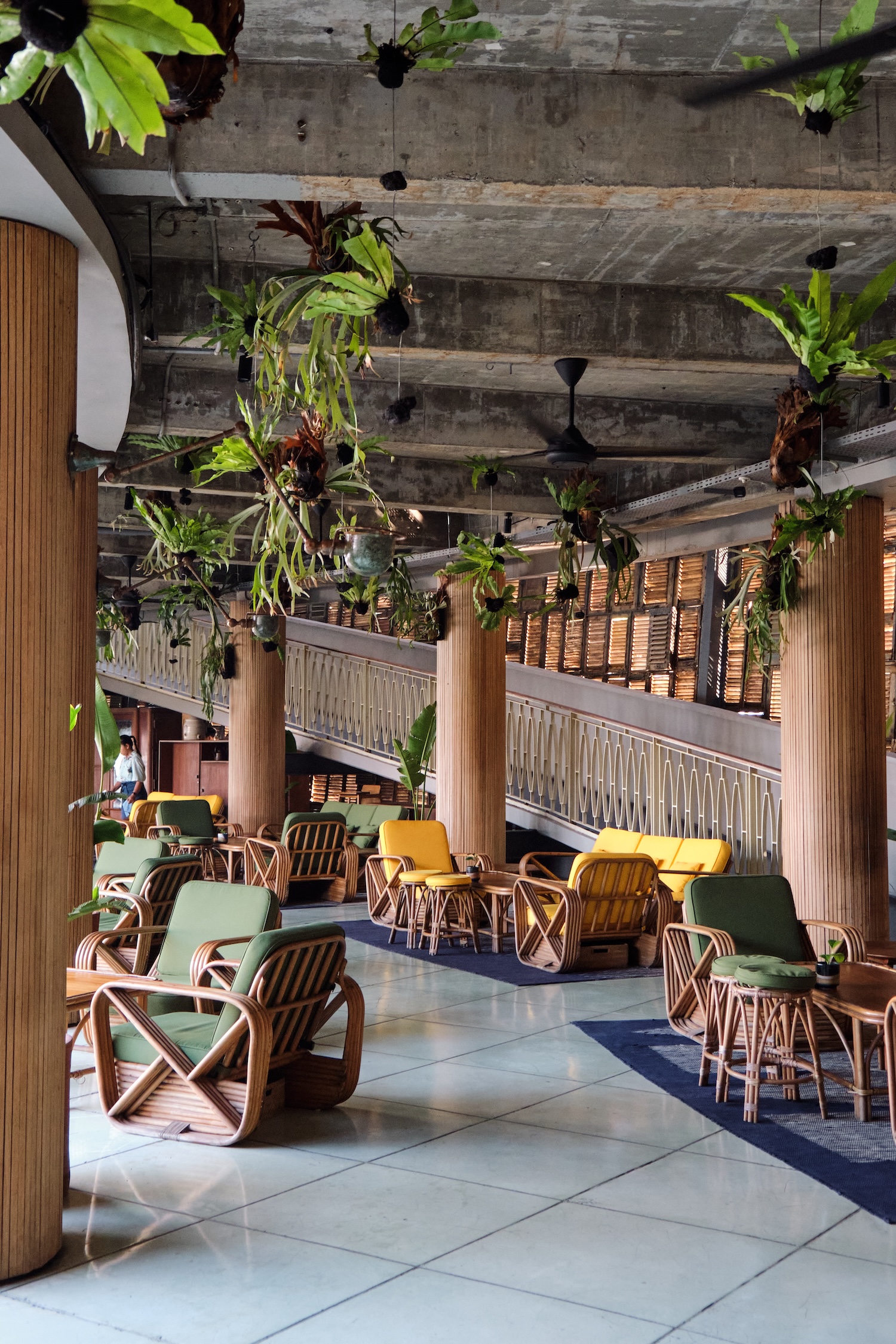


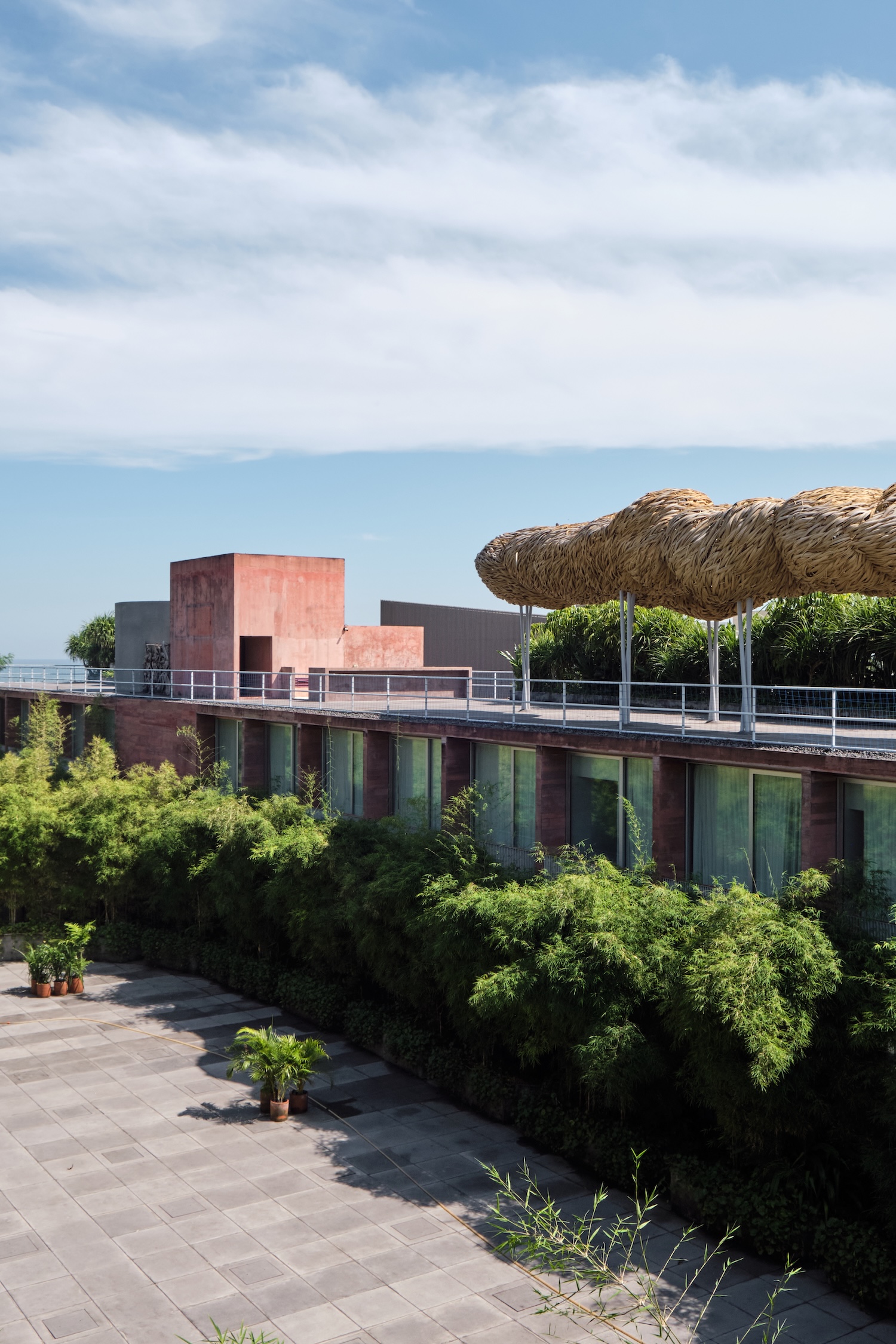
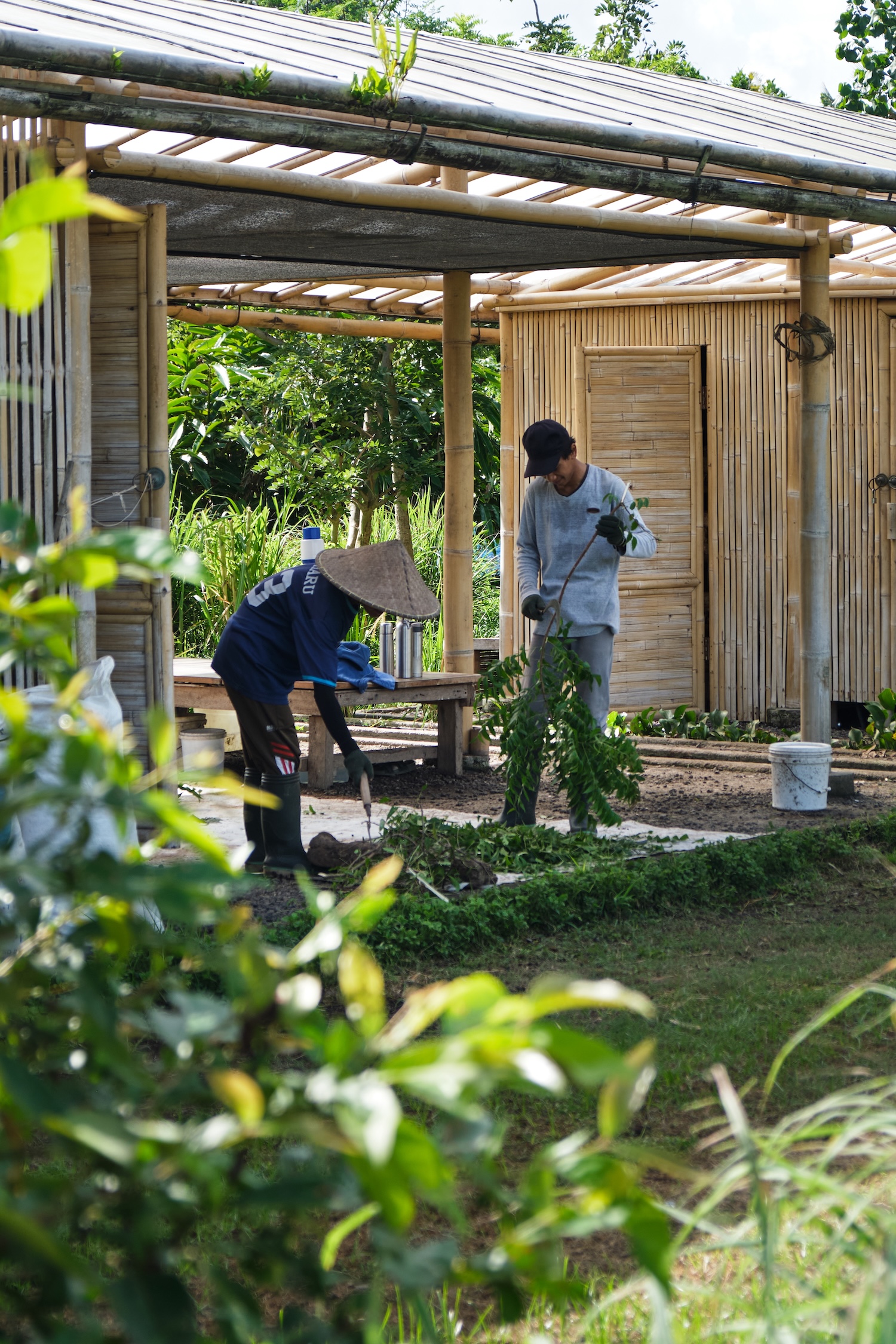
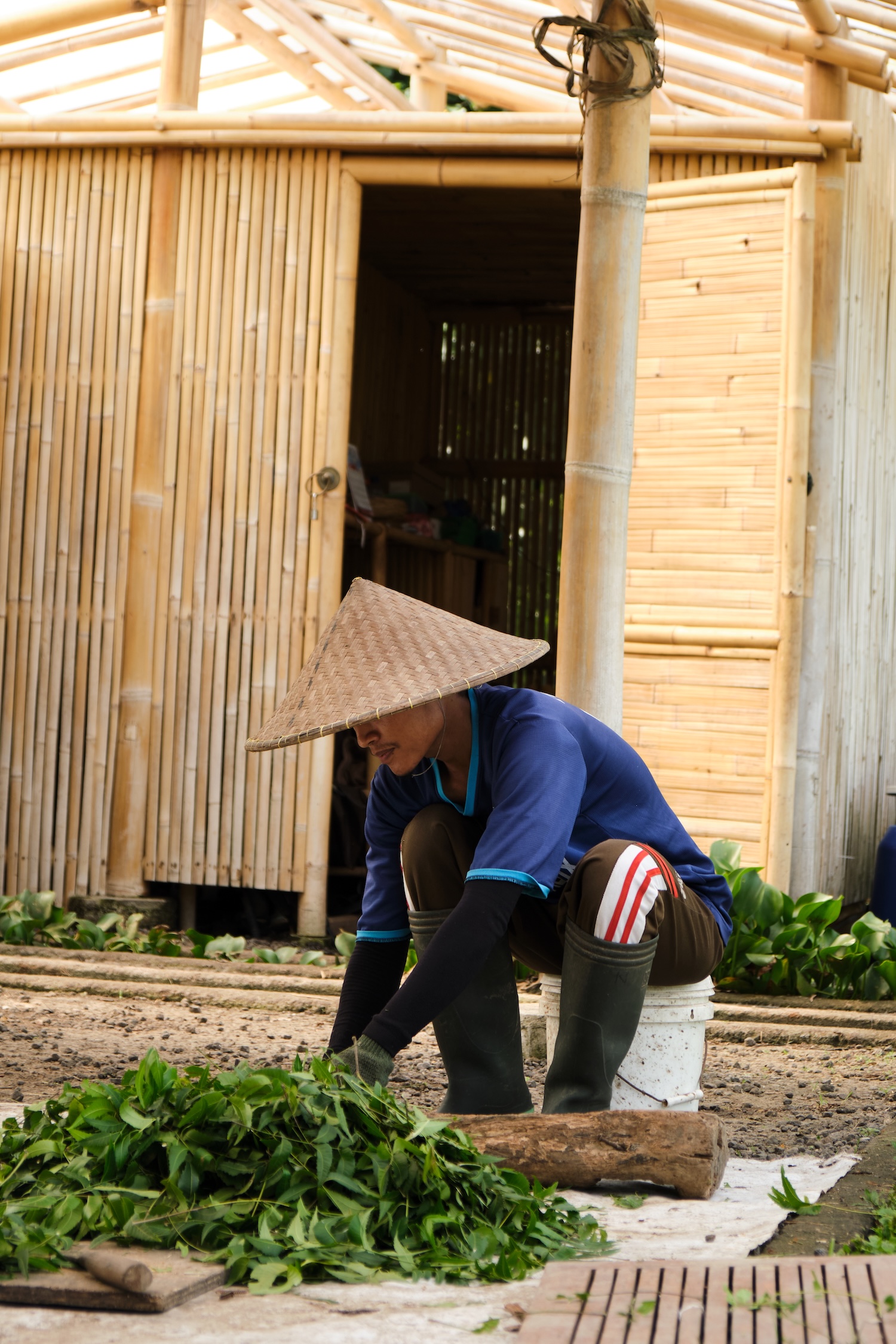
Where do you draw inspiration from outside the bar?
Everywhere. Nature, colors, happy accidents. Sometimes I decide to make a cocktail that’s all white, like the Cloudscape. I observe how people react to drinks, both guests and my team. My colleagues love reading fermentation and cocktail books from around the world, and we experiment together. It’s a cycle of learning and sharing.
How do you mentor young bartenders at Akademi?
We start with the classics where everyone must know the basics first. Then, I challenge them to create something new. But to break the rules, you have to know them well. We focus on hands-on learning rather than too much theory. The ingredients always change, and so do we.
Nowadays, many mixologists build their presence on social media. How do you balance craft and self-promotion?
For me it’s about being present in real life. I’d rather people know me because of the cocktails I make and the experience they have here. That’s more meaningful.
What do you hope guests remember after having one of your cocktails at Potato Head?
I always want to leave something behind. Sometimes it’s a small cultural element, such as a wristband tied around the glass. It’s a little piece of Bali that goes home with them and a reminder that every drink here tells a story.
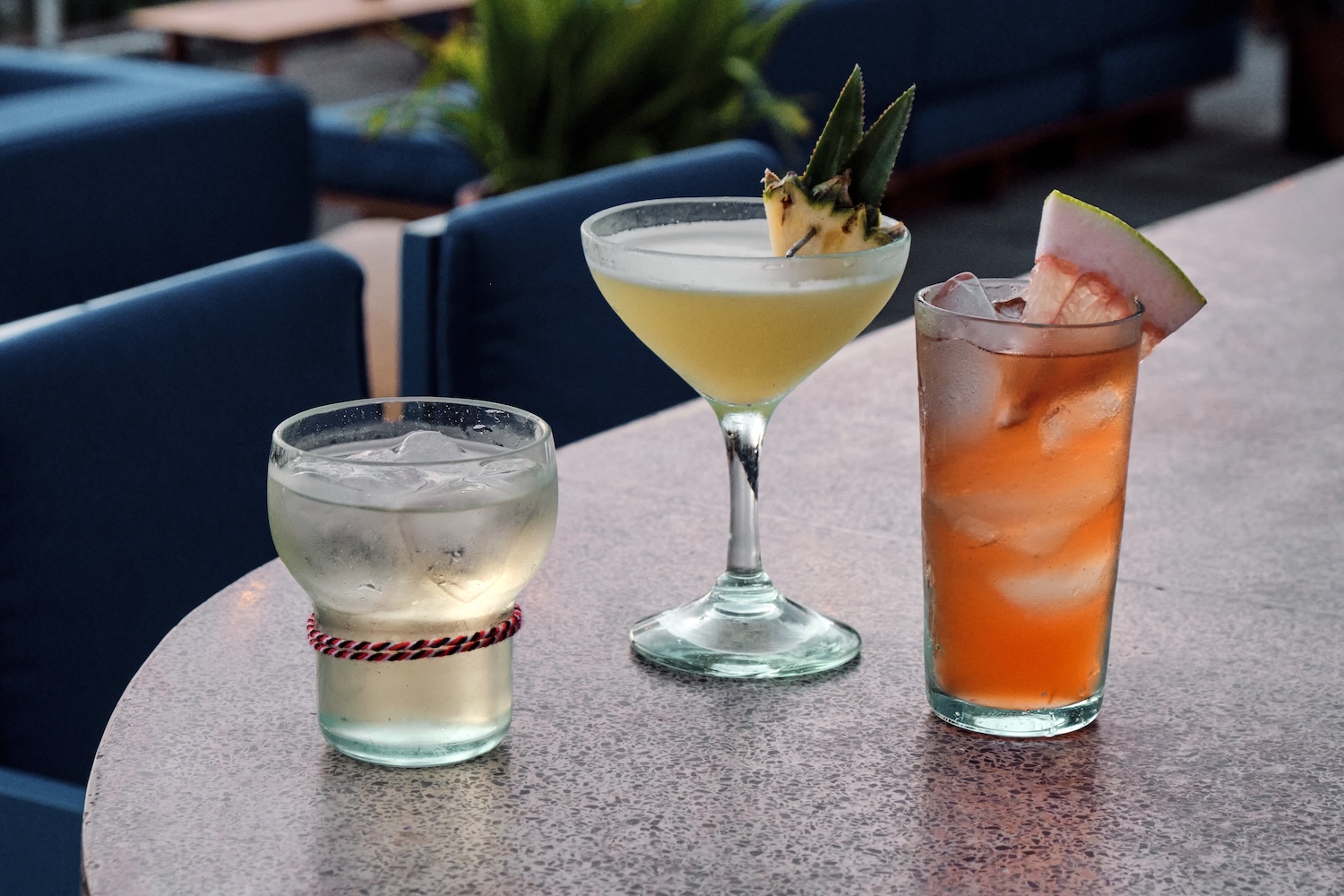
Discover more here.
photography. courtesy of Ola O. Smit
words. Dave Lantinga
in HTML format, including tags, to make it appealing and easy to read for Japanese-speaking readers aged 20 to 40 interested in fashion. Organize the content with appropriate headings and subheadings (h1, h2, h3, h4, h5, h6), translating all text, including headings, into Japanese. Retain any existing
tags from

Rhythms in Bali seem to hum beneath everything, whether it’s the sound of the ocean at the Seminyak shore, the crackle of incense. At Desa Potato Head, those rhythms become something tasteful. More than just a beach club, Potato Head is a living ecosystem and creative laboratory of art, music, design and sustainability. A local village where every detail, from the furniture to the cocktails, tells a story about Indonesia’s soul.
Tucked within this community sits Akademi, a small cocktail bar that feels more like an artist’s lab than a lounge. Where glassware is rescued and reborn, herbs are fermented and distilled, and each drink becomes a tasteful exploration of biodiversity.
At the helm is Bina Nuraga, a Balinese born mixologist who started behind a modest bar in Kuta and rose to lead Potato Head’s beverage R&D program. Bina’s philosophy is simple but profound: “Understand every single ingredient, and you’ll learn to love the cocktail itself.” He’s part scientist, part storyteller, a craftsman translating local fruits, ancient tonics and island traditions into contemporary experiences. From arak and jamu to exotic ingredients like salak and mace, his creations celebrate Indonesia’s complexity in its own way, always rooted in respect for the land and its people.

You’re running one of the most popular bars in Bali. How did your journey begin?
My career actually started in the kitchen. I was surrounded by loud, rough chefs and quickly realized this isn’t my world. I asked to move behind the bar, even though I didn’t know anything, just making juices at first. One day, someone asked me if I knew where Potato Head was. Back then, in 2011, there were only two beach clubs. I didn’t know it, so I Googled it, applied and not long after, I joined the team. The rest is history and I’m still here today.
What’s the most valuable lesson you’ve learned so far?
To really know the beverages. To make cocktails that speak to guests. When you mix flavors, spices, and stories in a glass and see someone sip until the last drop with a smile, that’s the best feeling.
You’ve mentioned storytelling through cocktails. How do you bring that to life?
When I joined the Akademi program, one of my first cocktails used soursop, a fruit not many people know or use. I mixed it with jackfruit and orange to create what became ‘Dream Sour.’ When I serve it, I tell guests it’s inspired by my dream of serving people at the bar and introducing them to our tropical fruits. It’s not just a drink, but it’s a piece of our culture.



Akademi collaborates with local producers. How important is that relationship?
It’s everything. We work closely with our own farm and visit often to see what’s growing. Outside of that, we partner only with organic suppliers. It keeps us connected to nature and reminds us that everything starts from the soil.
You often highlight arak and jamu on your menus. What makes these drinks so special to you?
Jamu feels like a blessing, it’s deeply rooted in our culture. It’s thick and bitter, and not everyone loves it in its original form, so we modernize it. We make herb and spice waters with cinnamon, cardamom, and lemongrass to balance it out. It’s all about trial and error and respecting tradition while giving it a new life.
Are there local ingredients you think deserve more global recognition?
Definitely. Mace is one – very aromatic, used mostly in medicine, but it has so much potential in cocktails. Then there’s salak or snakeskin fruit. Some guests think the “snakeskin” is real! It’s actually a crisp, tangy fruit that gives a beautiful layer of flavor. And mangosteen. I make bitters from its dried skin mixed with rosemary and salt, then add it to a margarita. I call it the Mangorita. Sweet, salty and true to Indonesia.






Where do you draw inspiration from outside the bar?
Everywhere. Nature, colors, happy accidents. Sometimes I decide to make a cocktail that’s all white, like the Cloudscape. I observe how people react to drinks, both guests and my team. My colleagues love reading fermentation and cocktail books from around the world, and we experiment together. It’s a cycle of learning and sharing.
How do you mentor young bartenders at Akademi?
We start with the classics where everyone must know the basics first. Then, I challenge them to create something new. But to break the rules, you have to know them well. We focus on hands-on learning rather than too much theory. The ingredients always change, and so do we.
Nowadays, many mixologists build their presence on social media. How do you balance craft and self-promotion?
For me it’s about being present in real life. I’d rather people know me because of the cocktails I make and the experience they have here. That’s more meaningful.
What do you hope guests remember after having one of your cocktails at Potato Head?
I always want to leave something behind. Sometimes it’s a small cultural element, such as a wristband tied around the glass. It’s a little piece of Bali that goes home with them and a reminder that every drink here tells a story.

Discover more here.
photography. courtesy of Ola O. Smit
words. Dave Lantinga
and integrate them seamlessly into the new content without adding new tags. Ensure the new content is fashion-related, written entirely in Japanese, and approximately 1500 words. Conclude with a “結論” section and a well-formatted “よくある質問” section. Avoid including an introduction or a note explaining the process.


